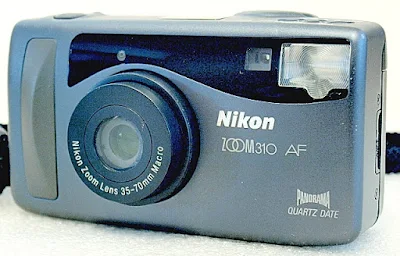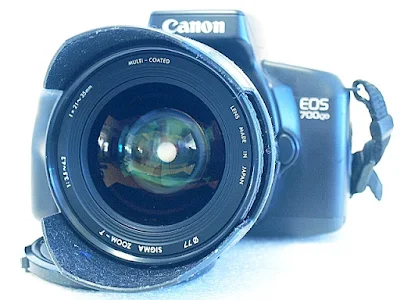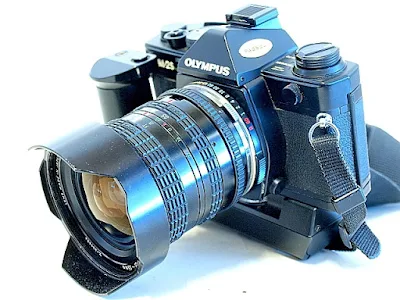Continuing from where I left off with the first part of the series, I took the camera on a trip downtown and shot these images from the platform of one of the LRT (Light Rail Transport) stops. As per the first post, the original color images were still hazy and blurry, and were not at all kind to the camera it was captured them.
The Pentax Espio AF Zoom is an interesting camera of sorts, really. It features an 8-element 35/70 zoom lens, and exposure is all programmed, but with a lot of manual control. The Flash mode selection, for example, can be set for Auto, Daylight Sync, Slow-Shutter Speed (Flash OFF), Slow-Speed Sync, Backlight Compensation, Bulb, and Bulb Sync.
Selection buttons are also available for Self-Timer, Dual-Frame Self-Timer, and Auto Tele-Wide Self-Timer modes, Red-eye Reduction, Infinity focus, 2-frame Double Exposure shots, and something you would not have expected on a compact, an intervalometer that lets you shoot at intervals of 3 or 60 minutes.
The only drawback of the camera, though reflecting the very compact design of the camera, is a viewfinder that is diminutively small for a solidly built, all-plastic body.
Images were originally shot on Kodak ColorPlus 200, post-processed, converted to black-and-white on Olympus Viewer 3 (OV3), and print-sharpened on Google NIK Sharpener Pro3.



































